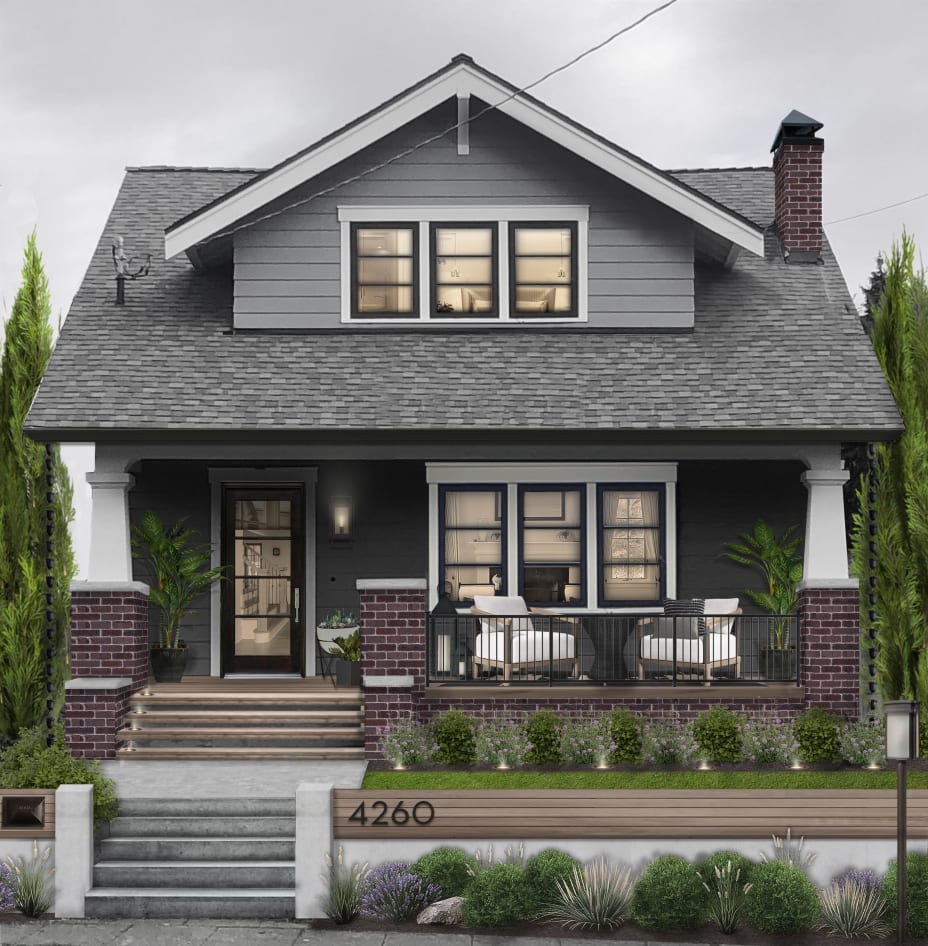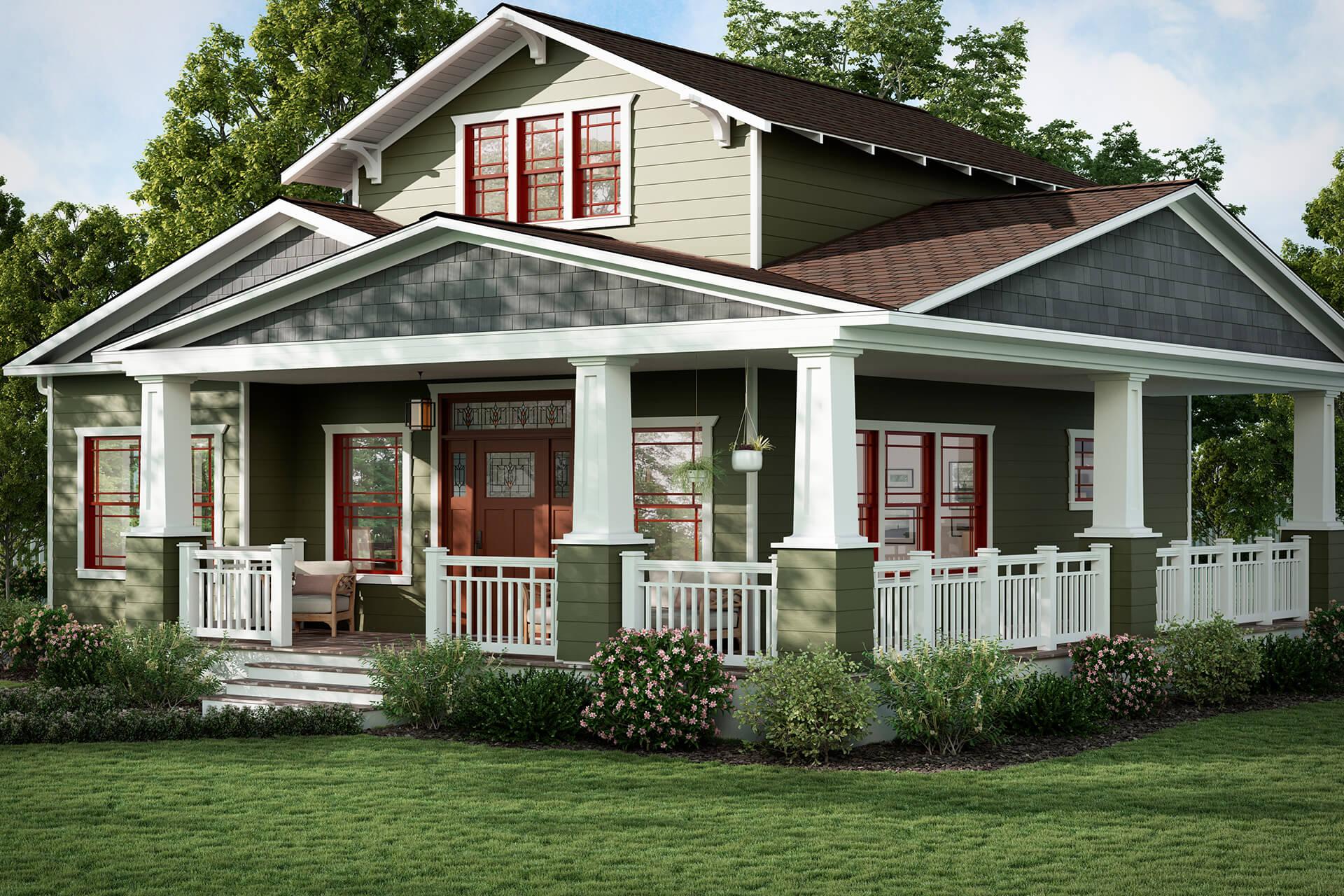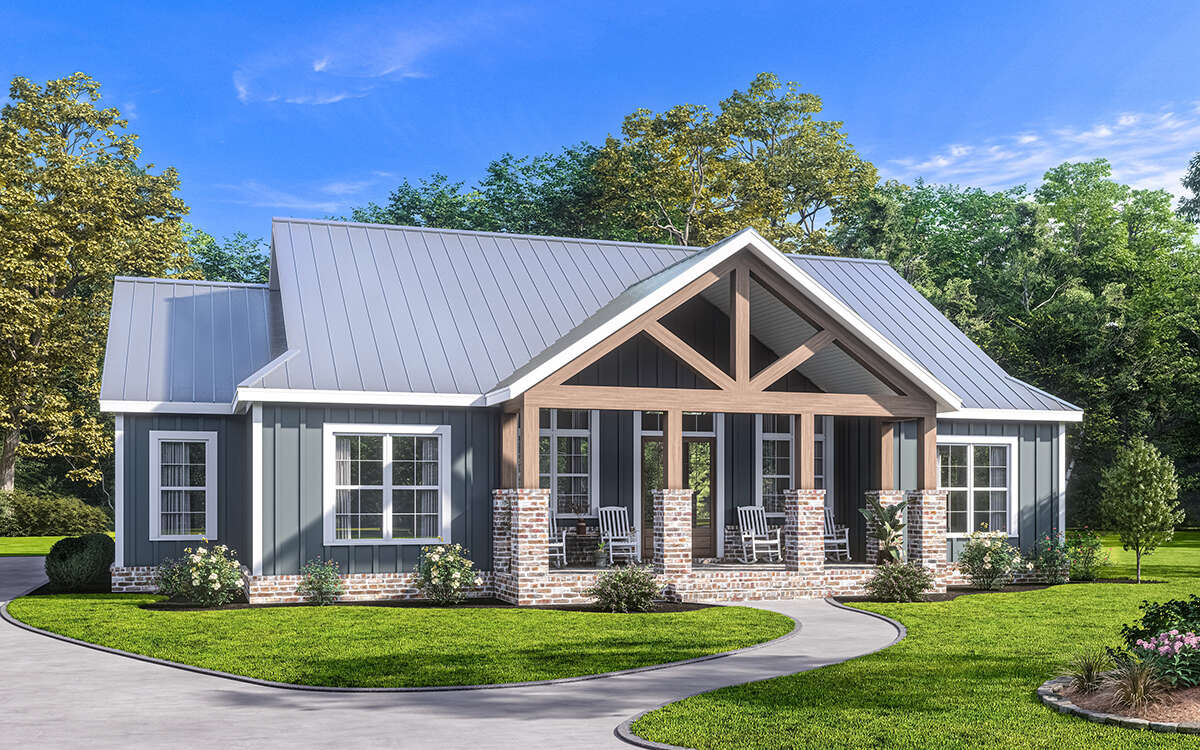How Architectural Solutions Transform Residential Architecture Into Stunning Living Areas
Architectural solutions significantly impact property style, converting fundamental frameworks right into remarkable home. Architects approach each project with an unique viewpoint, concentrating on site analysis and client vision. They use advanced layout tools to develop practical designs and appealing appearances. This transformative process entails a lot more than aesthetic allure. It elevates concerns regarding sustainability, customization, and the progressing demands of property owners. What essential elements add to this makeover?
The Role of Architects in Residential Design
Several homeowners visualize their optimal living spaces, the role of architects in household design is vital for transforming these visions into fact. Architects bring a special blend of creative thinking and technological knowledge, ensuring that the layout aligns with the homeowner's desires while adhering to local structure codes and guidelines. They perform thorough site analyses, taking into consideration elements such as topography, environment, and community context, which influence the design's expediency and sustainability.
On top of that, designers equate abstract concepts into tangible strategies, using innovative software program to create thorough blueprints and 3D designs. Their collaborative technique frequently entails engaging with customers throughout the process, refining styles to far better match the home owner's way of living and preferences. Inevitably, designers offer as both dreamers and issue solvers, stabilizing aesthetic desires with practicality, to create magnificent and practical living spaces that reverberate with the owners' demands.
Innovative Design Ideas for Modern Living
Architects play a critical function not just in realizing property owners' visions yet likewise in pressing the limits of what modern-day living can incorporate. Cutting-edge style concepts are significantly shaping domestic style, mixing aesthetic appeals with sustainability and performance. Open up layout, identified by liquid areas, foster connection and adaptability, enabling families to engage with each other in a harmonious environment. Including biophilic layout, which emphasizes all-natural components, improves wellness and develops a feeling of serenity within the home. Smart home technology is an additional hallmark of contemporary architecture, perfectly integrating comfort and energy efficiency right into every day life. In addition, modular and adaptable furnishings services allow residents to personalize their living spaces according to their advancing requirements. These cutting-edge ideas not only boost the aesthetic allure of homes yet likewise develop an experience that focuses on convenience, sustainability, and a link to the surrounding atmosphere, redefining modern-day living for today's home owners.
Enhancing Capability and Circulation in Home Layouts
Just how can home owners achieve a seamless blend of functionality and circulation in their space? Architectural services play an essential function in this venture by maximizing layouts that promote ease of activity and ease of access. By thoughtfully setting up rooms and ensuring that connections between rooms are smooth, engineers can produce a harmonious atmosphere.
Incorporating open floor plans often enhances connectivity, permitting all-natural light to infiltrate and developing a feeling of spaciousness. Strategic placement of furniture and components additionally sustains an effective use space, making sure that each location offers its objective without feeling confined.
Additionally, architects take into consideration traffic patterns, recommending paths that decrease obstacles and promote a logical series of motion throughout the home. By balancing visual appeals with functional design components, architectural services make it possible for house owners to delight in living spaces that are not just visually appealing yet likewise very useful, improving the general experience of everyday life.
Sustainable Practices in Residential Architecture
Sustainable practices in household architecture focus on the combination of environment-friendly materials and energy-efficient options. By prioritizing these components, architects can create homes that not just minimize ecological effect however likewise boost the well-being of their passengers. This method mirrors a growing dedication to sustainability within the market.
Eco-Friendly Products Use

Power Performance Solutions
While numerous homeowners look for visual appeal, power efficiency has actually come to be an important priority in residential style. Architects significantly focus on lasting methods by incorporating sophisticated energy-efficient solutions into their designs. These remedies consist of appropriate insulation, energy-efficient home windows, and strategically placed photovoltaic panels, all focused on decreasing power intake. In addition, modern-day heating and cooling systems, such as geothermal and solar-powered choices, contribute to minimizing environmental impact while taking full advantage of convenience. Natural ventilation and daylighting methods are employed to boost indoor air quality and reduce dependence on fabricated lighting. By embracing these energy-efficient practices, architects not only benefit homeowners financially via decreased energy bills however additionally sustain more comprehensive sustainability goals, making certain that living areas are both magnificent and ecologically accountable.
Boosting Curb Allure and Outdoor Spaces

Thoughtful placement of outside functions, such as patios, read decks, and walkways, develops inviting areas for relaxation and interacting socially. These elements are designed to stream effortlessly from the interior, motivating a link between interior and outdoor living.
Architects likewise highlight the significance of lighting-- both useful and decorative-- to highlight architectural details at night, more enhancing the home's allure. craftsman style house. Generally, these approaches not only improve the visual value of a home but additionally raise its bankability and satisfaction for residents and visitors alike
Individualizing Insides to Reflect Client Lifestyles
Personalization is vital in creating interiors that resonate with clients' way of lives and preferences. Architects and designers engage in complete examinations to recognize individual needs, ensuring that each room shows the property owner's identification. This process frequently consists of analyzing daily routines, hobbies, and family characteristics, which aids in crafting practical yet visually pleasing atmospheres.
Integrating individual aspects, such as art work, color pattern, and furniture choices, permits a cohesive layout that feels distinctively customized. A home workplace may include ergonomic furnishings and motivating decor that this content provide to an expert's process, while a family space could focus on convenience and entertainment alternatives. - craftsman style house

Regularly Asked Questions
How Much Do Architectural Provider Usually Expense for Residential Projects?
Architectural services for property jobs typically range from 5% to 15% of the overall building and construction budget. Factors affecting expenses consist of project intricacy, place, and the designer's experience, influencing overall prices frameworks in the industry.
What Is the Regular Timeline for Finishing a Residential Style Task?
The normal timeline for completing a domestic design project varies but normally extends from several months to over a year, influenced by elements such as project intricacy, customer choices, and the allowing process.
Exactly How Do Architects Team Up With Professionals During Building and construction?
Architects collaborate with professionals with normal interaction, sharing design specifications and attending to challenges. This partnership assurances that building complies with the architectural vision, optimizing both functionality and looks while suiting any necessary modifications throughout the building procedure.

What Are Typical Blunders Homeowners Make When Hiring a Designer?
Home owners frequently ignore the importance of clear communication concerning their vision, fail to research a designer's profile and experience, and neglect to establish a practical budget, which can read the article result in misconceptions and disappointing end results.
Can Architects Aid With Getting Required Licenses and Authorizations?
Architects have expertise in steering through the facility landscape of permits and authorizations. They assist in communication with local authorities, ensuring conformity with laws, which streamlines the procedure and lessens delays for homeowners starting building tasks.